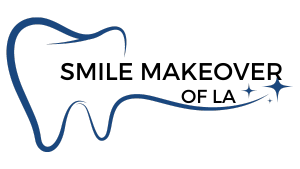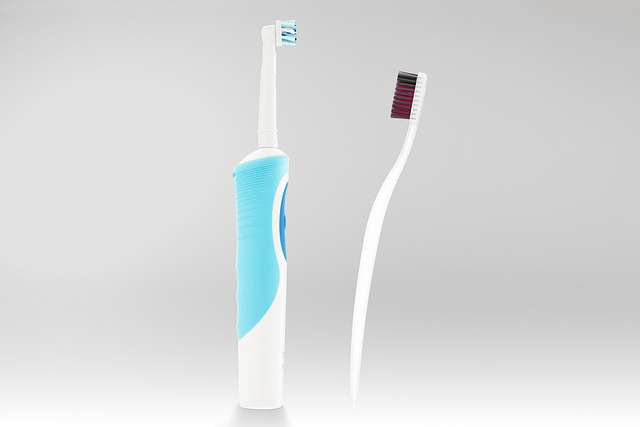
A toothbrush is an integral part of dental hygiene, the absence of which causes indispensable discomfort. Wherever we are, this little thing is always our indispensable companion. Toothbrushes are different. So you need to choose the one that will be the most convenient. You need to change your toothbrush on time and take good care of it during use.
Types of toothbrushes
In general, all toothbrushes are designed to remove plaque and massage gums. There are two styles of toothbrushes to consider: manual and electric.
A manual toothbrush is inexpensive and suitable for everyday use. It makes no noise.
An electric toothbrush effectively cleans the teeth. They are easy to use and able to cope with even small deposits (tartar).
The main rule when selecting a toothbrush
The Glendale dentist draws attention to the fact that the bristles of the toothbrush should be soft to avoid gum trauma and abrasion of the tooth enamel. Bristles need to be synthetic, in order to avoid instantaneous contamination with pathogenic bacteria.
How Often Should You Change Your Toothbrush?
A toothbrush needs to be changed regularly and not when it is dirty from its appearance. American Dental Association (ADA) recommends changing the toothbrush every 3-4 months. You can do this more often as you wish. Curved bristles do not fall between the teeth. It means that the space there will not be completely cleaned, as well as damaged bristles, can damage the gums.
In addition, there are several situations where you can change your brush more than once every 3-4 months. Following are the situations, when you need to change your toothbrush as soon as possible.
When should you change your toothbrush immediately?
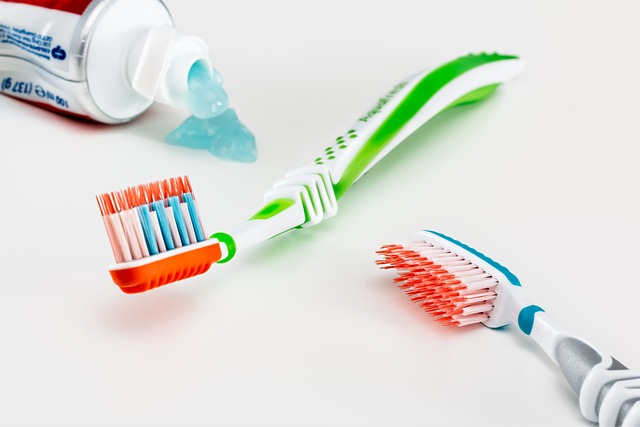
-
Change your toothbrush if someone else used it.
The toothbrush is an individual subject of oral hygiene. Bacteria accumulate on the toothbrush that is scrubbed from your teeth. The use of one brush by several people leads to the exchange of bacteria, which can lead to various diseases.
-
Change your toothbrush if the indicators indicate the need for replacement.
Many modern toothbrushes have color indicators that tell you when to replace them. Pay attention to them. These indicators show the optimal time for replacement, even if you do not notice the wear of the brush.
-
Update your toothbrush after a disease.
If you have a cold or flu, it is very important to maintain oral hygiene at a high level in order to remove all pathogenic bacteria. A certain part of the bacteria remains on the toothbrush. After recovery, it is better to replace it in order to eliminate the possibility of recurring disease.
Toothbrush Usage and Storage Rules
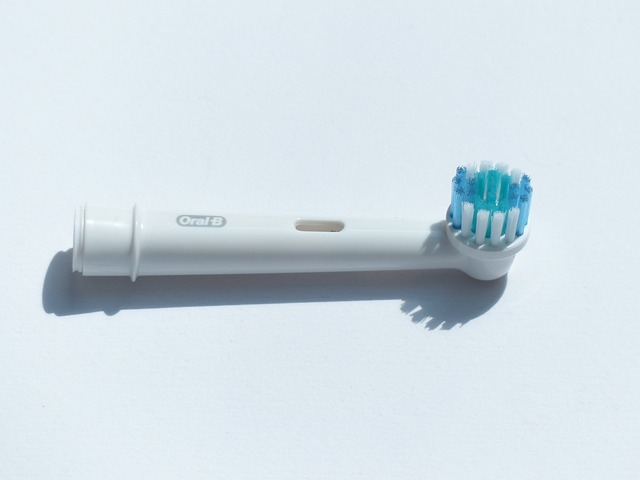
A toothbrush that has been in use for more than three months is not only ineffective but can also cause many oral health problems. A toothbrush can shelter on itself more than a hundred million bacteria. And can serve as a cause of inflammation.
You must follow these basic rules for the use and storage of your oral hygiene devices:
- After brushing, wash the instrument thoroughly with hot water. The fact is that in the mouth of every person there is a huge amount of bacteria, and some of these bacteria remain on the bristles.
- It is necessary to wash the brush not only after but also before the cleaning process. Microbes and bacteria living in the environment settle on the bristles. Once in the oral cavity, they are able to provoke various kinds of diseases.
- Special care is needed for electrical dental devices.
- Usually, the devices of all family members are stored in one cup. It is not recommended to do this, because bacteria transfer from one tool to another when toothbrushes touch each other. The toothbrushes of each family member should be stored separately. If this is problematic, then protective caps should be used.
- In determining the future suitability of a toothbrush, it is not always necessary to be guided only by the appearance of the tool. This is not an indicator of the absence of microorganisms on it. There is a category of people who brush their teeth so carefully that the bristles do not lose their appearance for a long time. Despite this, toothbrush needs to be replaced at least every three months.
- If desired, you can get a special sterilizer. However, this is beneficial only for those who use very expensive tools for oral hygiene.
- Some people prefer to keep brushes in cases to protect from microorganisms. However, in this case, it is necessary to ensure that the device always remains dry. Otherwise, the bacteria and microbes will begin to multiply even more efficiently in the enclosed area.
Now you understand that it is very important to pay due attention to the selection, storage, and replacement of the toothbrush. A clean, high-quality, and comfortable toothbrush is the key to a healthy and beautiful smile.
How to choose the right toothbrush?
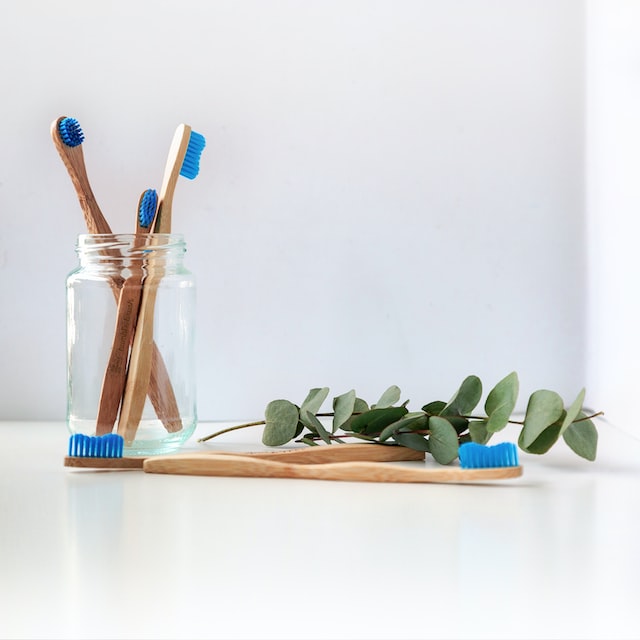
There are four degrees of hardness of a toothbrush – hard, medium, soft, and very soft.
Very soft toothbrushes are suitable for children and adults with diseases of the gums and hard tooth tissue. Such diseases include periodontitis with tooth mobility of I and II degrees when the enamel is not fully developed or completely absent. Only the Burbank dentist can recommend using a very soft toothbrush.
A soft toothbrush is indicated for bleeding gums, pregnant and lactating women, and people with diabetes. It is unacceptable to use a soft toothbrush in combination with careless and improper brushing. When you have bleeding gums, you need to use a certain way of brushing your teeth and be very careful not to cause more damage to your gums and teeth.
The toothbrush of medium hardness is the most popular and is used by the majority of the adult population. To use this toothbrush it is necessary to have a relatively healthy oral cavity.
A hard toothbrush is recommended to be used by smokers, coffee lovers, and people with an increased formation of plaque of any etiology. The Burbank Dentist advises using this type of brush for people with a healthy oral cavity and strong tooth enamel.
Super-hard toothbrushes are a type of specialized brush. It is most often used when cleaning full dentures, in the presence of fixed bridges and braces in the oral cavity.
Consider these toothbrush care guidelines:
It is important to properly care for your toothbrush:
- Use a toothbrush type recommended by the Burbank dentist.
- After each use rinses your toothbrush with hot water and removes any debris or toothpaste.
- Thoroughly rinse and dry the brush after cleaning and prevent its contact with other toothbrushes.
- Once a week, disinfect your toothbrush with an antibacterial tooth rinse.
- Change your toothbrush every 3 months or when the bristles look frayed or worn. Frayed bristles are less effective in removing plaque and can damage your gums.
- Store your toothbrush standing up in a toothbrush holder. Making sure that other toothbrushes do not touch it.
- Change your toothbrush after the flu, cold, or mouth infection, as microbes can hide in the bristles and cause reinfection.
- Do not share toothbrushes.
Advice for travel lovers
During the trip, you should use a special case to protect the brush from germs and possible damage. After brushing your teeth, the brush must be thoroughly dried before putting it back into the case. A warm and humid environment is the best breeding ground for pathogens. This is why you need to dry the brush before putting it in a case.
Using these simple rules, you save yourself from many problems. It is much easier to change a toothbrush than to change your teeth. Dentists at Smile Makeover of LA have the knowledge and experience to help you achieve the best dental health. Please contact the best dentist in Glendale, Dr. Sahakyan to schedule an appointment today. For more information please call 1-818-578-2324.
